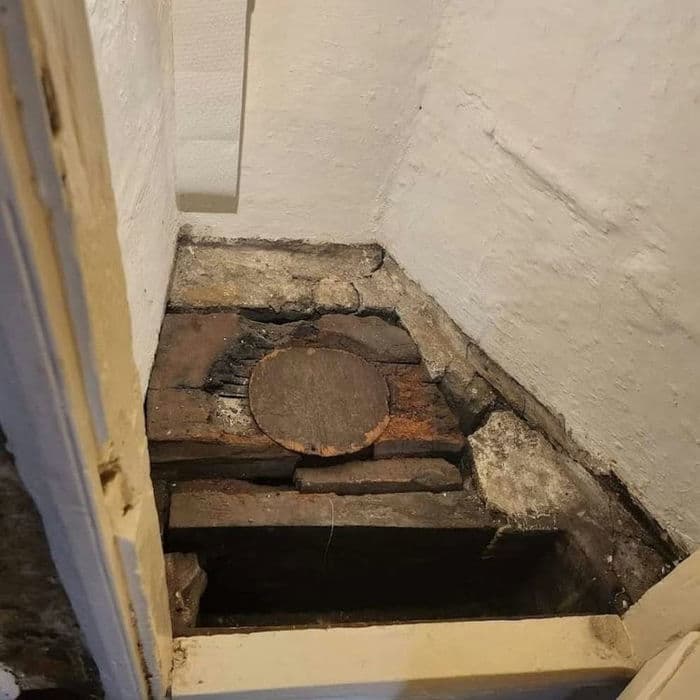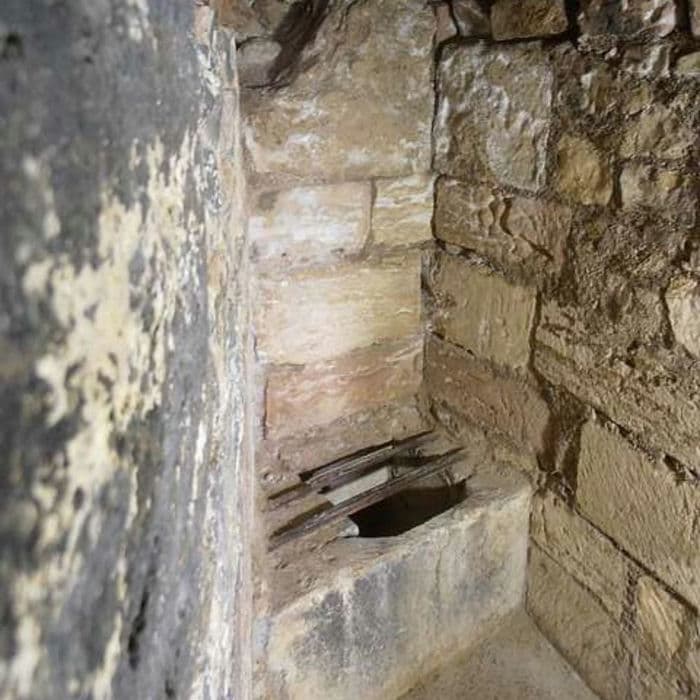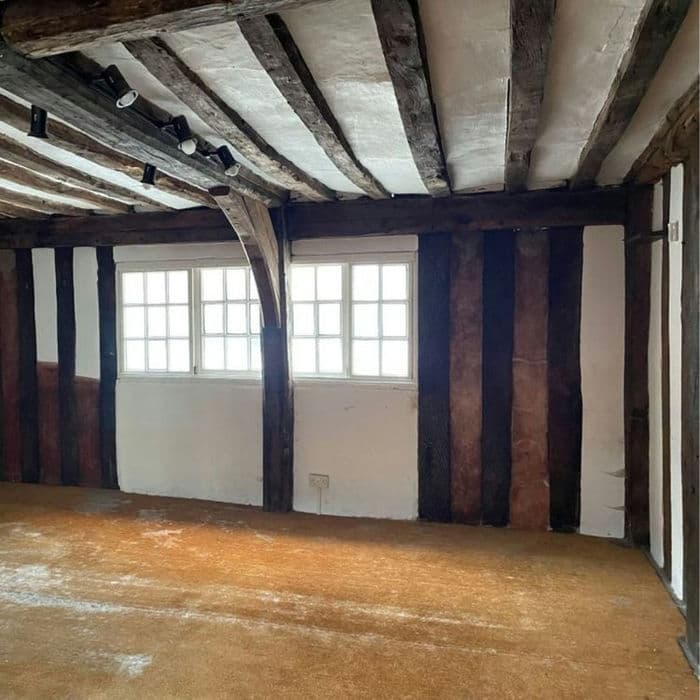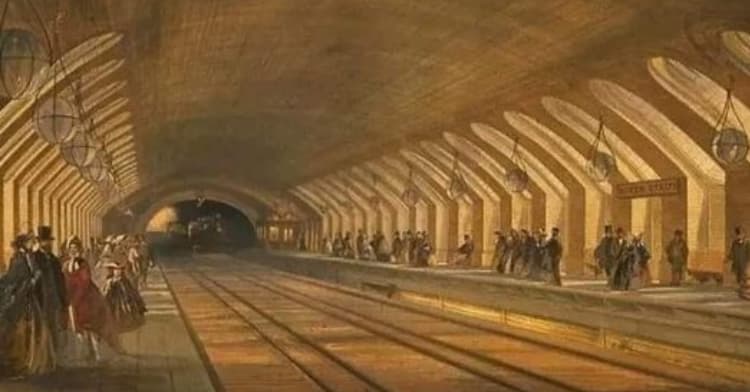The Governor’s House in Newark, a magnificent Grade I listed structure, stands as a testament to centuries of history. Constructed in 1474, this historic building served as the headquarters of the governors of Newark during the Civil War from 1643 to 1646. Today, it offers visitors a glimpse into the past, with its original structure meticulously preserved, including the intriguing long-drop toilet rumored to have been used by King Charles I himself. Recently transformed into a coffee palace and trading market, the Governor’s House blends historical significance with modern-day charm.
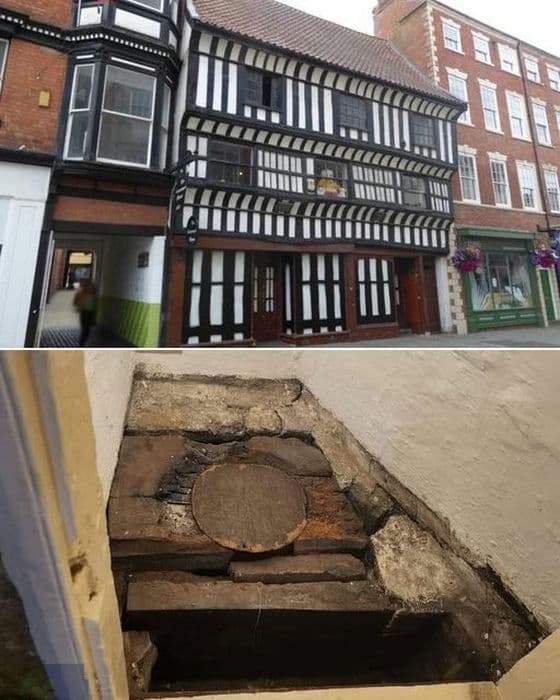
Why Visit:
When visiting the Governor’s House in Newark, there are five places not to be missed:
- Historic Building: Explore the Governor’s House itself, with its centuries-old architecture and fascinating history.
- Long-Drop Toilet: Discover the unique long-drop toilet, rumored to have been used by King Charles I during his stay.
- Coffee Palace: Experience the modern transformation of the Governor’s House into a vibrant coffee place, offering a cozy atmosphere and delicious beverages.
- Trading Market: Browse the trading market located within the historic building, where you can find unique treasures and local goods.
- Entertainment Area: Enjoy the ground floor of the Governor’s House, where books are available for reading and musical instruments like pianos and guitars provide entertainment.
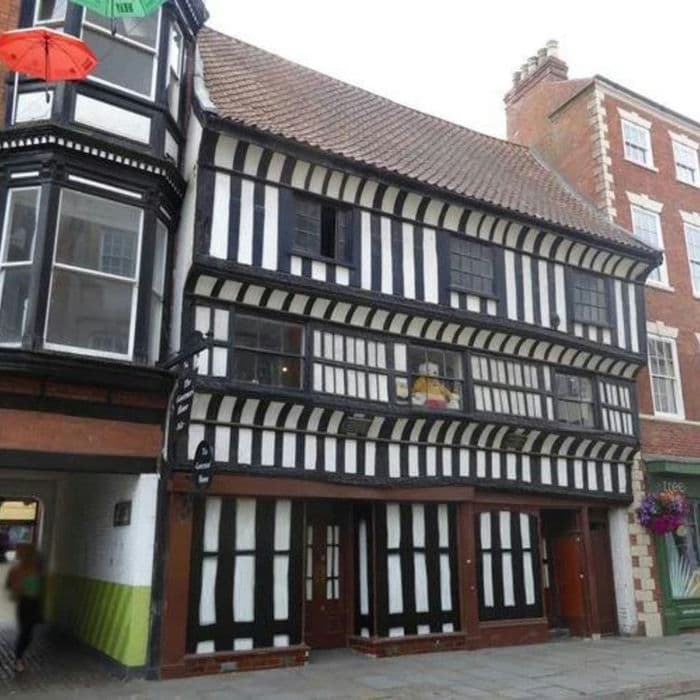
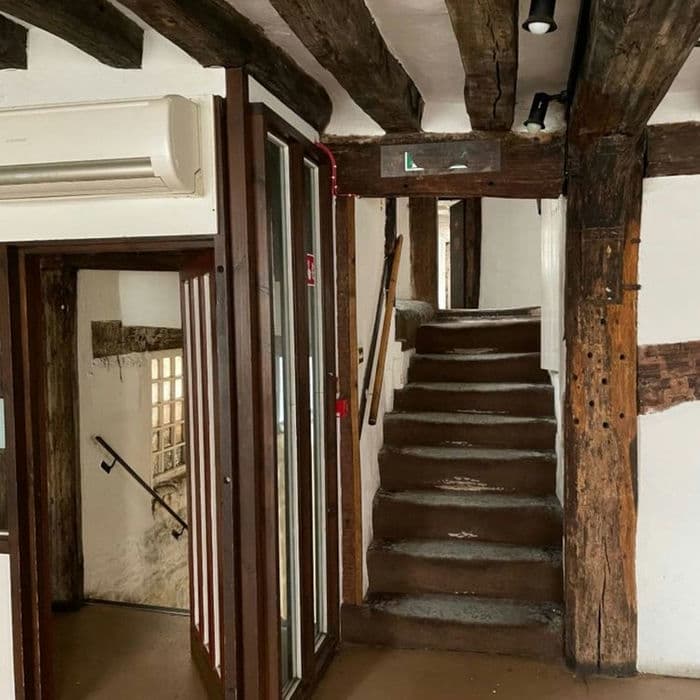
FAQ:
- When was the Governor’s House constructed?
The Governor’s House was built in 1474 and served as the headquarters of the governors of Newark during the Civil War from 1643 to 1646. - Who occupied the Governor’s House before its recent transformation?
The building was previously occupied by the bakery chain Greggs before being bought by Brendan Minihane in April of last year. - Is the long-drop toilet still accessible to visitors?
While the long-drop toilet is a fascinating historical feature, visitors are encouraged to use more modern facilities. - Why were toilets used as escape routes in medieval times?
Toilets were commonly used as escape routes due to their discreet locations and direct access to outside areas, making them ideal for evading capture. - What other historical site features an ‘escape toilet’?
Carew Castle in Tenby also featured an ‘escape toilet,’ which played a role in the dramatic events surrounding Princess Nest’s abduction.
The Governor’s House in Newark is a delightful blend of history and modernity, offering visitors a unique opportunity to explore centuries-old architecture while enjoying contemporary amenities. Located at 23-24 Stodman St, Newark NG24 1AW, it promises a memorable experience for history enthusiasts and coffee lovers alike.
